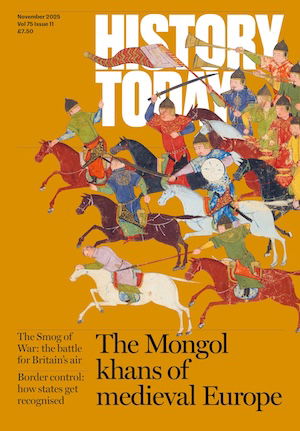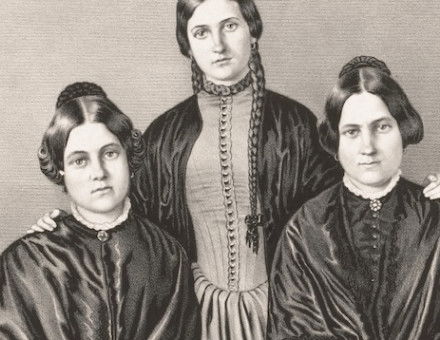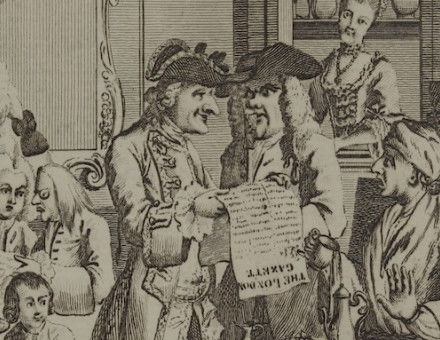Ornamentalism
David Cannadine sees the British Empire as a spectacular and colourful extension of the social order of the home country
What, in its heyday from the late 1850s to the early 1950s, did the British think the Empire they had conquered and settled, governed and administered, gone along with and collaborated in, actually looked like? To be sure, it was a global phenomenon of unrivalled spaciousness and amplitude, which in its reach and range was both local and international, particular and general, and as such it undoubtedly formed one ‘entire interactive system’. It was also as much a part of the tangible world as it was of the intangible imagination, and in both these tangible and imaginative guises, it represented – as Peter Marshall has very properly observed – a deliberate, sustained and self-conscious attempt by the British to order, fashion and comprehend their imperial society overseas on the basis of what they believed to be the ordering of their metropolitan society at home. And it cannot be sufficiently emphasised that that society from which these powerful imperial impulses and imaginings originated and emanated was deeply conservative in its social attitudes and in its political culture.





